CORE FACILITY
Generation of Animal Models
Head: Nunzia Pastore
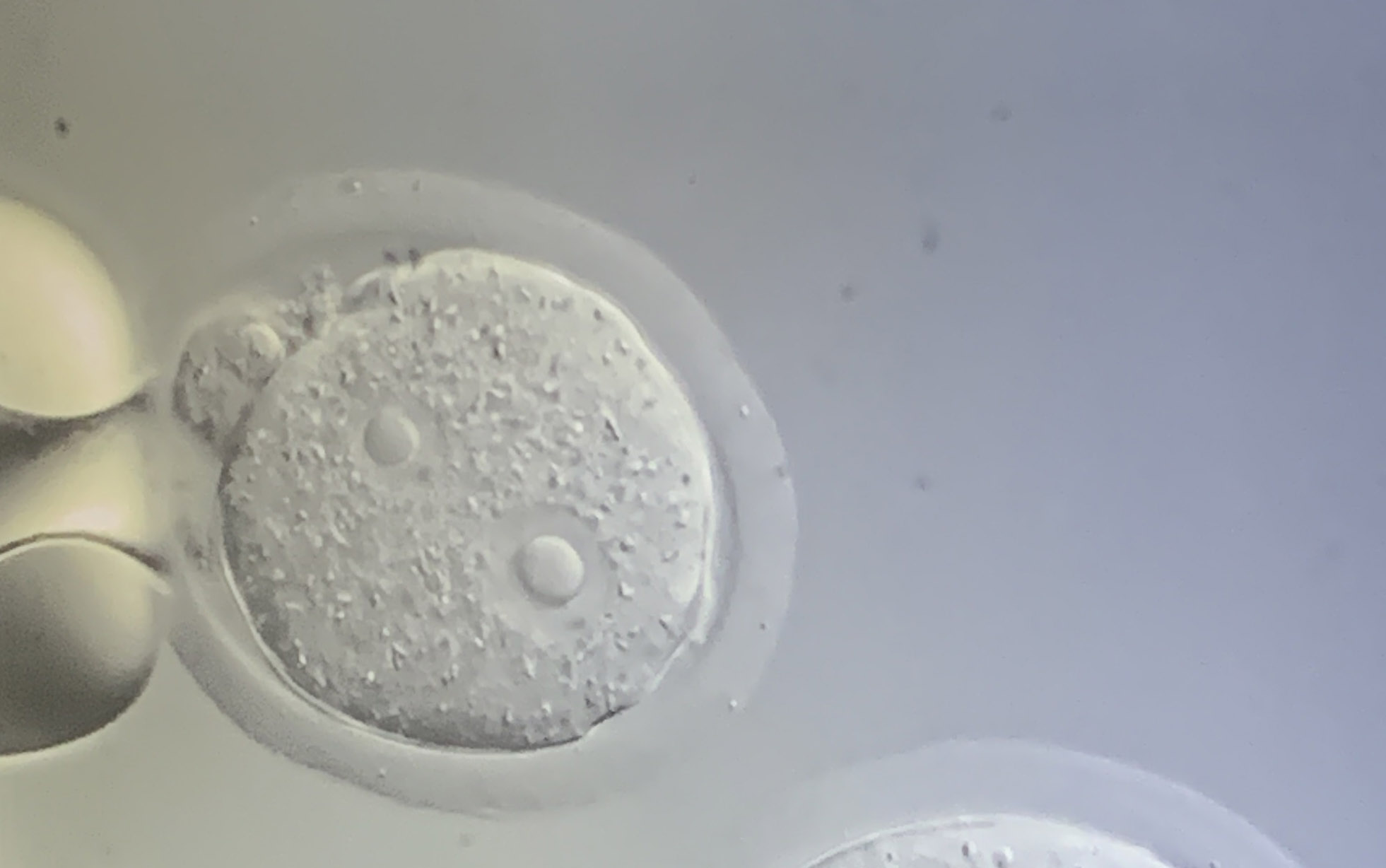
The mouse provides an excellent model organism for the study of human diseases because of its short gestation time, large litter size, fully sequenced genomic DNA and well-characterized embryonic development. Moreover, it recapitulates most pathological human conditions. Genetically engineered mouse (GEM) models are the model of choice for studying disease signalling pathways and identifying therapeutic approaches.
The Generation of Animal Models (GAM) Facility at TIGEM provides specialized expertise and equipment for investigators working with mouse experimental models. The Facility helps TIGEM and other institution’s collaborative researchers to rederive and store GEM lines. GAM provides services for cryopreservation of mouse embryos and sperm for long-term storage of mouse lines, in vitro fertilization (IVF), and mouse line re-derivation from fresh/frozen embryos or sperm to remove pathogen contamination, to re-establish and expand mouse colonies, to help import mouse lines into the TIGEM mouse facility. Cryopreservation of viable germplasm for stable, long-term storage in liquid nitrogen is a safe method for preserving both pre-implantation embryos and sperm that can be easily recovered to revive the line. Cryorecovery services allow the worldwide import, export and recovery of mouse lines from frozen embryos or sperm. Cryopreservation of mouse germplasm has become one of the most common methods for maintaining huge repertoires of genetically altered mice globally.
The GAM Facility possesses advanced technology, adequate animal resources and expensive equipment to provide high quality services for researchers.
SERVICES OFFERED BY GAM:
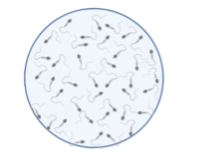
Mouse Sperm Cryopreservation: the purpose of freezing sperm is to protect against the loss of valuable, unique mouse models, prevention of genetic drift, to eliminate the cost of mice not actively in use, and to remove pathogenic organisms.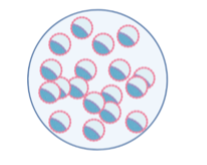
Mouse Embryo Cryopreservation: embryo cryopreservation is recommended when the GEM line posseses a complex genotype or when the gene of interest is X-linked.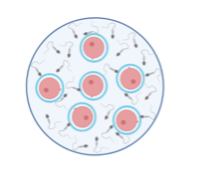 In vitro Fertilization (IVF): IVF is the most commonly used technique to recover a mouse line from frozen or fresh sperm. The goal is to generate a high number of 2-cell embryos which can be cryo-preserved or transferred to a surrogate pseudopregnant recipient female. It can help to speed up the rederivation process of a mouse line or to quickly expand a mouse colony.
In vitro Fertilization (IVF): IVF is the most commonly used technique to recover a mouse line from frozen or fresh sperm. The goal is to generate a high number of 2-cell embryos which can be cryo-preserved or transferred to a surrogate pseudopregnant recipient female. It can help to speed up the rederivation process of a mouse line or to quickly expand a mouse colony.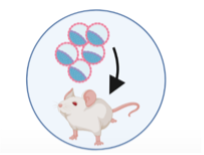
Rederivation of Mouse Lines from fresh/frozen sperm or embryos: the presence of pathogens may change the physiology of the mouse, which can impair the experimental results. The process of rederivation eliminates pathogens from the mouse line.
